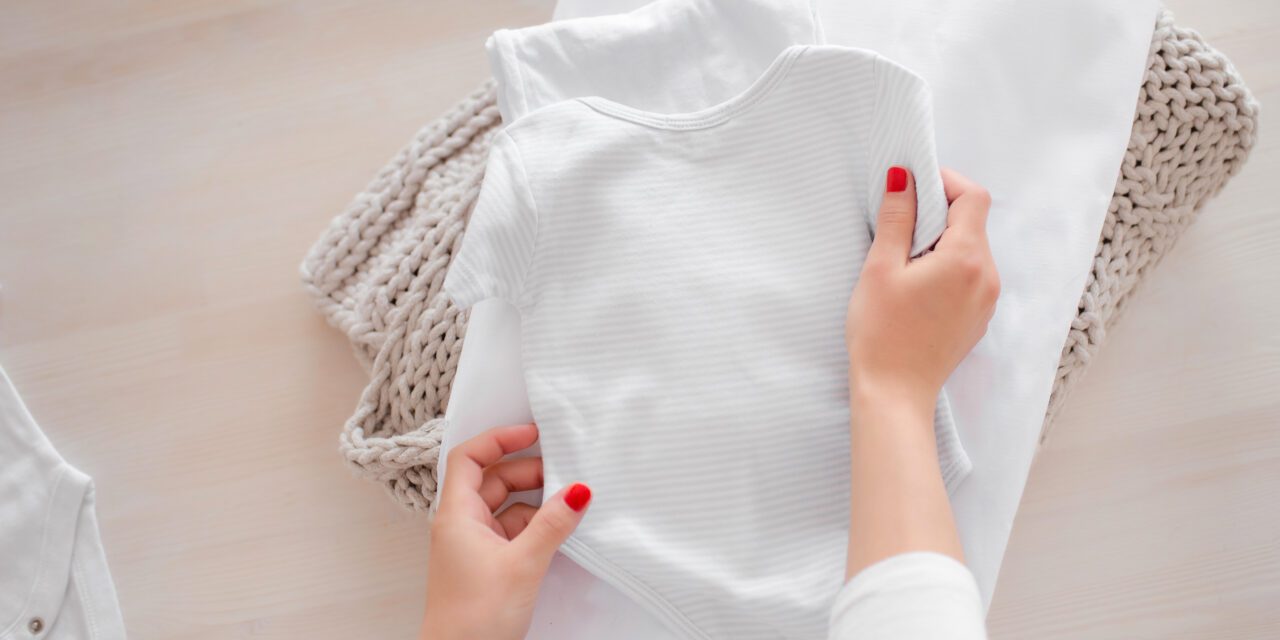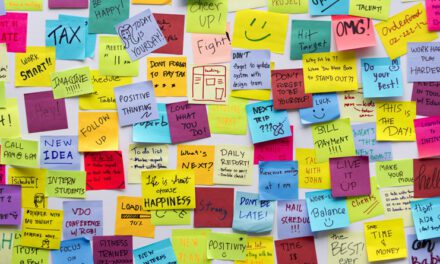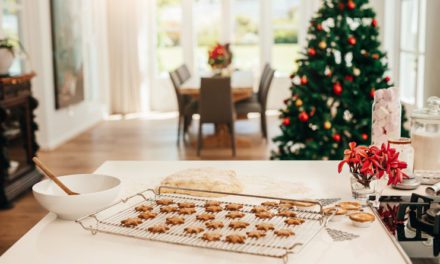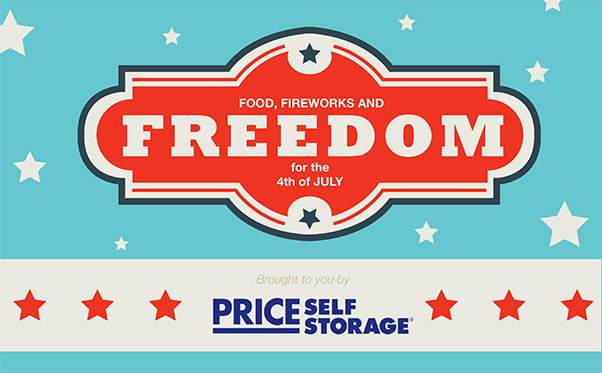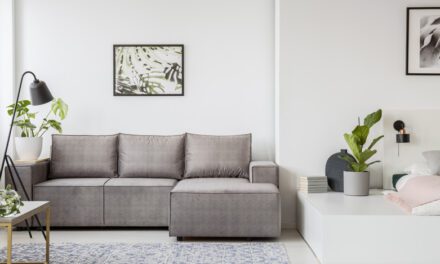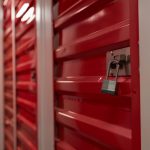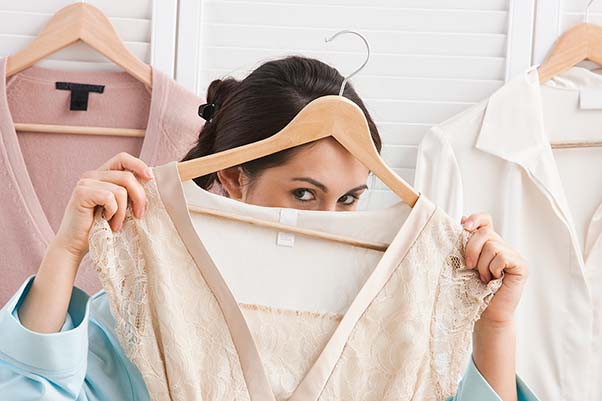The fact that baby clothes are separated into categories like “newborn,” “0-3 months,” and “3-6 months” should give you a hint that babies outgrow clothes at record speed. All this means is you’re likely to find yourself under a mountain of onesies before you know it.
It’s certainly understandable to look the other way as your nursery starts to get cluttered. You are taking care of a precious, tiny human being, after all. But by implementing a few baby clothes storage ideas from the very beginning, you can make sure each mini mitten, headband, and adorable sock is in the right place and easy to find.
Keep reading for a healthy dose of baby clothes storage solutions that will please parents and babies alike.
Essential Baby Clothes Storage Tips
The best way to store baby clothes can sometimes be tricky, as you’ll rarely use more than a handful of outfits at any given time. Not only is your little one constantly outgrowing clothes, but you may also receive larger clothes as gifts or hand-me-downs from friends and family members. That’s to say nothing about seasonal clothes or special occasion outfits you might not need to have on hand.
With that in mind, we’ve laid out these extra clothes storage ideas to include clothes currently in use, as well as ones that need to be temporarily—or permanently—tucked away.
Choosing the Right Storage Space
If your child is still on the way, then there’s no better time to plan for how to organize infant clothes. This is your chance to build smart storage solutions into your nursery design. If the baby is already here, it’s not too late. You can still make a few small, effective upgrades to your space to better organize all of your baby’s clothes and accessories.
Just a quick tip: For baby clothes in regular rotation, prioritize convenience and accessibility. For outgrown clothes or bigger clothes waiting for future use, focus on protection and space efficiency.
- Dressers: Adding a dresser to the nursery is ideal for storing everyday clothing. Make the most out of your dresser by using drawer dividers to separate sizes and clothing types.
- Closets: If your nursery space includes a closet, use it to hang outfits, seasonal wear, and those adorable special occasions clothes, like baby tuxedos and dresses. Consider adding a full closet organization system to optimize your storage options.
- Under-crib storage: You might be surprised by just how much space is available under your baby’s crib. Fill it with rolling bins or flat containers. This is a great option for extra sleep sacks, crib sheets, burp clothes, shoes, and out-of-season clothes.
- Multi-purpose furniture: Storage cubes, changing tables with built-in drawers, and ottoman storage benches can all give you extra storage space that can keep your nursery clean and organized.
- Self-storage units: You don’t need to keep everything in the nursery, especially the clothes your baby has outgrown or larger outfits that will come in handy in the future. If you don’t have extra closet space in your home for these items, consider renting a small storage unit (or even a medium unit if you have to clear out a lot of furniture to make the nursery).
Sort Clothing By Age & Size
Storing baby clothes effectively begins with implementing a good sorting system. Babies grow at lightning speed. That means you’ll have to rotate clothing in and out of usage on a regular basis.
By sorting your clothing now, you’ll make it easy on yourself when you need to quickly switch out seasonal clothes or size up as your little one grows and grows.
How to sort your infant clothing:
- Separate items by age ranges (0-3 months, 3-6 months, etc.)
- Sort by season or activity (summer, winter, rain gear, etc.)
- Group garments by color or theme
- Pack by clothing type (short-sleeve shirts, jeans, skirts, pajamas)
If you want to take your organizing skills up a notch, consider combining categories. It may be doubly useful to sort by size and clothing type, especially if you have a lot of larger clothing your baby doesn’t yet need (perhaps from their older siblings or from that garage sale haul you picked up last month).
Don’t forget to thoroughly label every box of clothing that you aren’t currently using, so you can easily find it in the future.
Maximizing Space
The size of your love is so much more important than the size of your home. Many families thrive in small spaces, like apartments, condos, and cozy homes. For those of you with less room to work with, don’t stress! These baby clothes storage ideas are perfect for small spaces, although you can implement them in larger rooms as well.
File Folding
To easily access all of the clothes in your usual rotation, try the file folding technique. Instead of folding clothes in half and stacking them in a drawer, fold them once or twice more. Then, stand each garment on end and line them up in the drawer like files in a filing cabinet.
This method allows you to open a drawer and quickly see every option laid out. Say goodbye to pulling every shirt out to find your toddler’s favorite!
Double Your Hanging Space
Typical closets have only one rod for hanging garments. Because baby clothes are nowhere near as long as adult clothing, you can install a second closet rod below the first one. All of a sudden, you’ve doubled your hanging storage!
Extra Storage Tip: Invest in skinny or velvet hangers instead of the bulky plastic hangers that many clothing items come with. You’ll drastically increase the number of individual hangers you can fit on each closet rod.
Think Vertically
To take advantage of a small room, make full use of the vertical space. Installing coat hooks is a brilliant way to increase your storage capacity, all while keeping your stuff out of the baby’s reach. Similarly, when purchasing bookshelves or dressers, opt for taller ones, as the space above furniture like this is typically wasted. As a safety note, be sure to secure any tall bookcases or dressers to the wall.
Finally, don’t hesitate to install floating shelves in the baby’s room or area. Use shelves to store clothing in cubbies or accessories like hats, mittens, and more. You can even install hooks on the bottom of shelves to hang your diaper bags, jackets, and coats.
Over-the-Door Hanger
One space in most rooms is almost always wasted: the back of the door. It’s time to change that. Hang a shoe organizer on the back of a door or closet, and you suddenly have extra room to spare! They’re typically made of mesh or other transparent material, meaning you can easily find whatever you’re looking for. Shoe organizers can conveniently hold a variety of baby items, from hats to headbands to mittens. And, of course, they can also carry shoes.
Get Creative with Shoe Organizers
If you happen to love footwear, you might already be familiar with under-the-bed shoe organizers. These wide, short boxes usually contain adjustable cubbies for storing extra shoes under the bed—but you don’t have to use them for this purpose. Instead, these boxes make a great option for storing extra clothing, especially if you use the file-folding system. Think of these boxes as an extra dresser that you can tuck under your baby’s crib or bed or store in the closet.
Use the compartments in the organizer to divide clothing by size or type (or both). These organizers are great for storing seasonal clothes or keeping larger sizes on hand for when the inevitable growth spurt occurs. Best of all, you won’t have to go digging around in your garage or attic when you need to refresh your baby’s wardrobe. The box can stay in the baby’s room year-round without being in the way. In our opinion, this is one of the best ways to store baby clothes.
Make It Easy to Pull Out Too-Small Clothing
According to the Mayo Clinic, most babies triple in weight during their first year. You don’t need science to tell you what’s before your very eyes, though. You’ll notice shirts becoming a little too snug on your kiddo or their adorable legs sticking out of their pants.
Rather than keep too-small items in rotation, keep a bin handy where you can toss the clothes as soon as you notice they’re too tight. A great place for this box or bin is on top of a closet in the nursery or under your baby’s crib.
When it’s time to update your baby’s wardrobe for a new season, you can dump out the too-small box and decide whether to keep, sell, or give them away.
Preserve Sentimental Items
There are some baby clothes you’ll probably want to keep indefinitely for the memories. Baby’s first pair of shoes, a hand-knit sweater from grandma, or a favorite outfit can all carry sentimental value and warrant hanging onto. Here’s the best way to store baby clothes long-term.
First, wash and dry them. Then, wrap them lightly in archival tissue paper. Keep them in an airtight plastic tote, ideally in a dry, cool place like a storage unit. Now you can revisit these sentimental pieces anytime you want, knowing they’ll be well-preserved.
What to Do with Outgrown Baby Clothes
Part of having a baby is accumulating piles of clothes that don’t fit. Your first instinct might be to discard these clothes, but there are several reasons to hang onto them.
Hand-me-downs are a quintessential part of the parenting journey. If you plan to have another child, you may want to keep the majority of your baby clothes. Or maybe you have friends or family members who are trying to have a baby. They, too, would appreciate your gently used baby clothes. Our best extra clothes storage idea is to put your extra baby clothes in airtight plastic containers until you need them again.
You can store these stacking containers in closets, basements, attics, or garages until they’re needed again.
The Value of Hand-Me-Downs
Don’t dismiss the value of hand-me-downs. As you’ve probably discovered, caring for a baby is expensive, especially when they grow out of clothing every few months. The result is that you’ll likely have a lot of baby clothes on your hands that have only been worn a few times, if ever. Don’t just toss these clothes. Give them an extended life.
If you have a friend or family member who is expecting, offer them your extra clothes. How about that co-worker or neighbor who just announced their soon-to-arrive new addition on the socials? If you have no one in your life who is expecting at the moment, you can always donate your clothes or hang onto them for the future.
Avoid These Baby Clothes Storage Mistakes
Even if you have the best intentions, it’s easy for your nursery to get a little out of control, especially in those first few months of constant diaper changes and little to no sleep. Take heart that you can keep up your good organization skills by avoiding a few commonplace mistakes when it comes to storing baby clothes.
- Overstuffing drawers and bins: Resist the temptation to cram all your baby clothing into your drawers or bins. This will make the clothes hard to find and use and could damage delicate fabrics. You don’t have to use every single onesie or piece of baby clothing you have, especially if you can’t open and close the dresser drawers.
- Not sorting: Throwing all your baby’s clothes together without organizing by size, season, or type will cost you more time and frustration down the road when you have to constantly search for the specific items you need right now.
- Wrong season: It may seem easier to keep your baby’s heavy coats in the closet as spring warms up, but you’re just taking up valuable storage space, especially since your baby won’t fit into those coats when the cold weather comes around again.
- Holding onto clothes too long: As soon as a particular item gets too tight on your baby, take it out of the rotation. This will free up more space for you to bring in larger sizes that keep your little one comfortable.
Create More Room with Price Self Storage
Kids grow up and go through more clothes than you can imagine—that much is inevitable. But running out of room doesn’t have to be. If you don’t have extra space in your home to hold onto your not-in-use baby clothes, consider renting a storage unit. This storage unit can come in handy not just for storing baby clothes but for keeping your whole home better organized and clutter-free. In a few years, you might even want to use it for storing extra kid clothes.
At Price Self Storage, we help you make extra space in your life so you can fill it with happy memories. Whether you need baby clothes storage until your next child comes along or until you want to walk down memory lane, we have storage solutions for you. Our storage units come in a range of sizes, from lockers for just a few items to large units that can fit all your baby furniture until you need it. We also have storage facilities throughout California.
Find your nearest Price Self Storage location or call us today to learn more—just make sure not to wake the baby!
Baby Clothes Storage FAQs
Are you drowning in adorable onesies, sleep sacks, teeny shoes, and other baby clothes? Take a look at some of the most common questions we get about how to organize infant clothes with the right storage techniques.
How should I organize baby clothes for storage?
Start by dividing your baby clothes by size and then season. Next, put them in clearly labeled bins or boxes. If you have certain clothes you plan to use soon (like clothing in the next size up or for the upcoming season), keep those boxes at the front of your storage area.
If you want to add another layer of organization when storing baby clothes, add dividers within your containers to separate clothes of different sizes or seasons.
What is the best way to preserve sentimental baby clothes?
Even after your little bundle of joy outgrows certain outfits, you’ll want to hang onto them for the memories alone. The best way to store baby clothes long-term is to start by washing them and allowing them to completely dry. Pack them in acid-free tissue paper and store them in breathable garment bags or acid-free boxes.
Avoid putting your sentimental baby clothes in plastic bags, as they can trap moisture and invite mildew. You also want to avoid storing your clothes in areas with direct sunlight, which can break down fabric over time and fade once-bright colors.
What type of storage containers are best for baby clothes?
You don’t have to get super fancy when it comes to baby clothes storage ideas. A simple and effective option is to store your extra clothes in clear plastic bins with fitted lids. Make sure all the clothes are completely dry before putting them into the containers, and label your containers clearly so you can easily pull out clothes if you need them in the future.
How can I maintain the quality of stored baby clothes?
Good baby clothes storage starts by choosing the right storage environment. Make sure to store your baby clothes in a cool, dry environment to ward off mildew and preserve the fabric for as long as possible.
Moisture is the enemy of any storage space, so add silica packs to your storage containers. If you can, keep your containers off the ground and away from direct sunlight as well.
How do I store baby clothes that no longer fit?
Just because your baby no longer fits into certain clothes doesn’t mean you won’t use them again when a new bundle of joy arrives or when a friend or family member announces they’re expecting. That’s why it’s important to know how to store old baby clothes.
First, wash and completely dry each item. Sort your clothes by size and season, and then pack them into containers that you clearly label. If you want to go the extra mile, keep a running inventory so you remember what you have.

